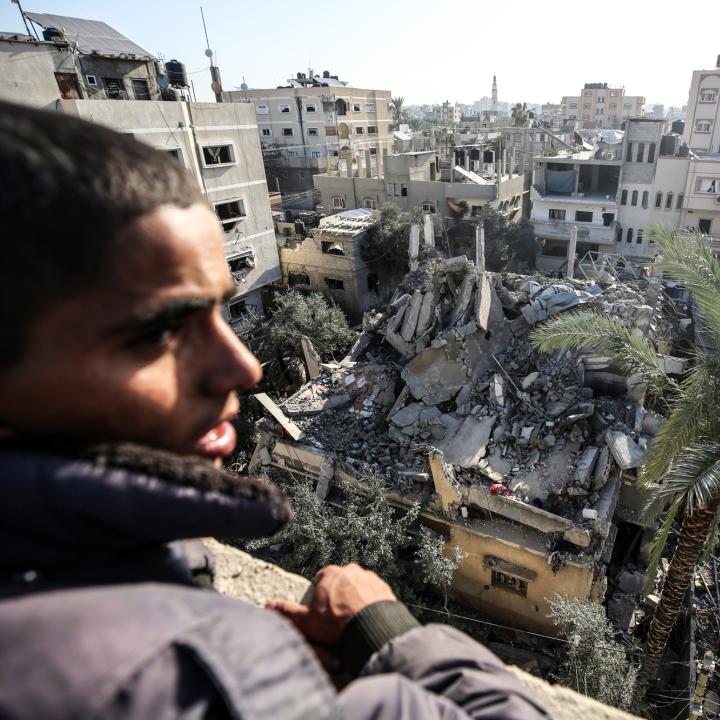In early April, the Israel Defense Forces withdrew the majority of its ground troops from the Gaza Strip, leaving just one brigade in the central part. In explaining the decision, officials pointed to their military campaign’s success in destroying 18 of Hamas’s 24 battalions. Israeli forces needed time to rest before returning to Rafah in the southernmost part of Gaza to dismantle the four Hamas battalions based there. For several weeks, daily life in Gaza was not dominated by continuous airstrikes and ground forces’ maneuvering. But neither humanitarian groups nor civilians knew where to look for basic security, for no one is running Gaza. That is why some UN officials now refer to Gaza as “Mogadishu on the Mediterranean.” In some areas, remnants of Hamas-run ministries are providing services or diverting humanitarian aid, while in others criminal networks loot and then distribute it. Elsewhere, communities and humanitarian groups are contracting with armed groups other than Hamas to provide security. Gaza is an ungoverned space with parallel and competing authority structures taking root.

